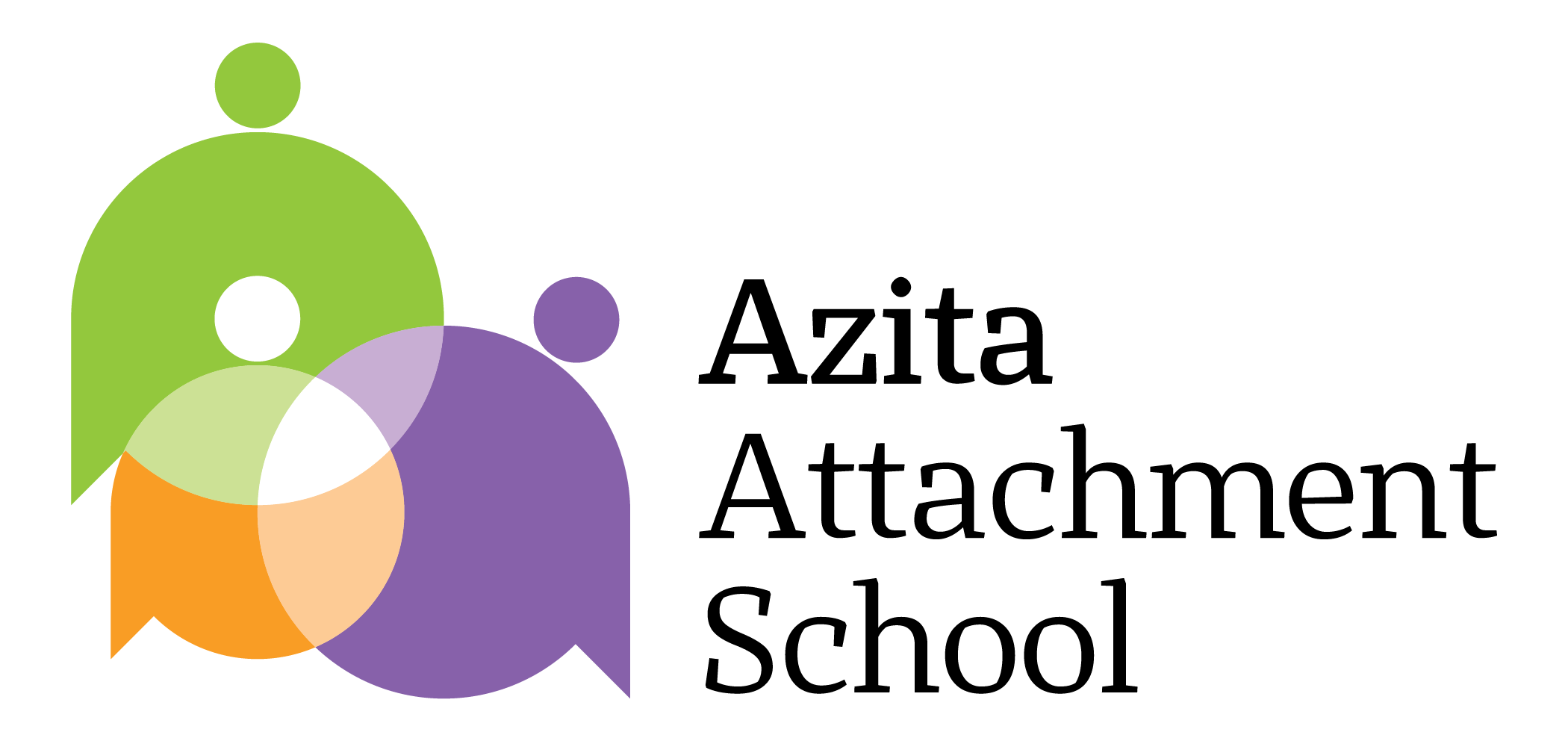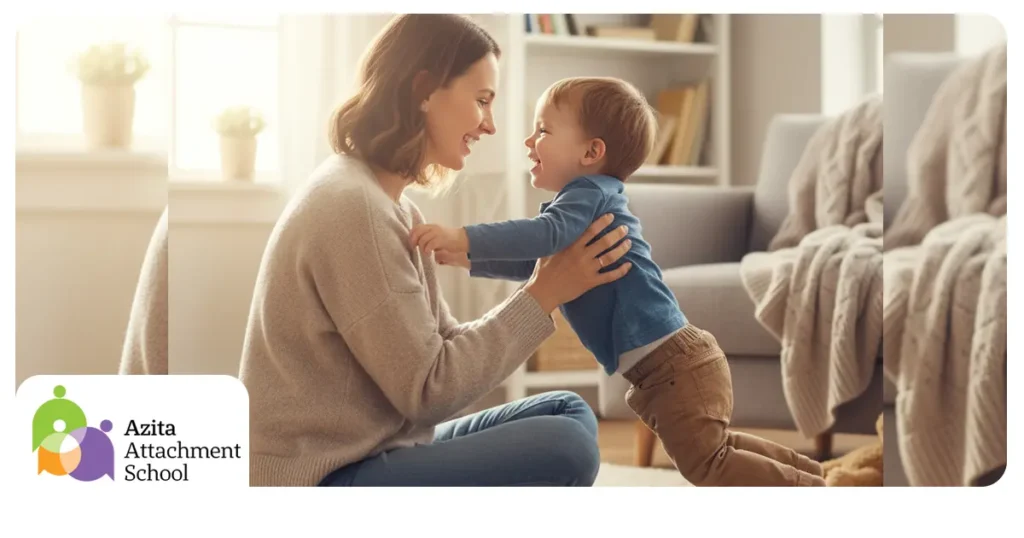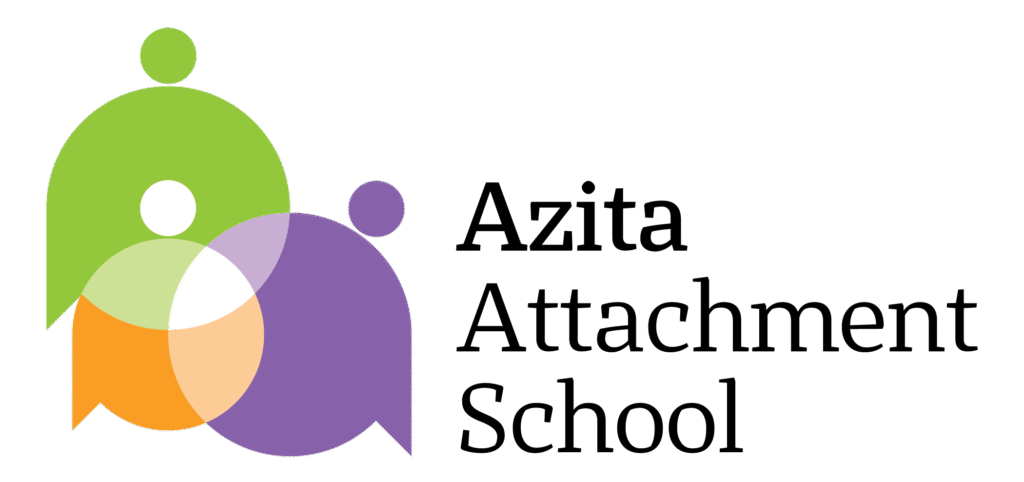Play is more than fun — it’s the emotional language of secure attachment. Discover the science, examples, and daily practices for building safety and joy in your parent–child bond.
Introduction
When a child laughs, hides, or runs into a parent’s arms, they’re not just playing — they’re building trust, joy, and emotional safety.
Play is the hidden language of attachment — the way children learn:
“I am seen, heard, and safe.”
As Donald Winnicott said:
“It is in playing that the real relationship between parent and child begins.”
What Is Attachment Play?
First introduced by Aletha Solter (2013), attachment play refers to specific kinds of playful interaction designed to heal emotional wounds, reduce anxiety, and strengthen the parent–child bond.
It’s not about winning or teaching rules — it’s about connection through laughter, touch, and empathy.
Research Insights
- Solter (2013): Attachment play reduces separation anxiety and increases cooperation.
- Cassidy & Shaver (2016): Playful parent–child interaction predicts secure attachment.
- Siegel & Bryson (2012): During play, the prefrontal cortex develops emotional regulation skills.
- APA (2024): Play releases oxytocin — the “trust hormone” — in both parent and child.
Why Play Matters
- Builds trust — Child feels safe and valued.
- Regulates emotions — Teaches balance between excitement and calm.
- Heals emotional wounds — Play allows safe release of stored feelings.
- Repairs connection after conflict — Laughter restores warmth.
Types of Attachment Play
Type | Purpose | Example |
Power Reversal Play | Restores control | Child “defeats” parent in a funny game. |
Separation Play | Eases anxiety | Peekaboo, hide and seek. |
Giggle Play | Releases fear | Parent pretends to make silly mistakes. |
Nurturing Play | Builds empathy | Child plays caregiver role. |
Role Reversal Play | Deepens understanding | Parent and child swap roles. |
Case Study
Sahar, age 7:
After her baby brother’s birth, she became clingy and irritable. Her mother practiced 15 minutes of “nurturing play” nightly — Sahar acted as the mother putting dolls to bed.
Two weeks later, her anxiety dropped, and she said:
“Mom, now I know you still love me.”
Practical Guidelines
15 minutes of daily child-led play.
Let laughter lead — it releases tension.
Avoid control or correction.
Maintain gentle physical contact.
Use play to reconnect after conflict.
Common Mistakes
- Turning play into lessons.
- Mocking instead of joining laughter.
- Interrupting intense emotions.
- Using devices during play.
Neuroscience Perspective
During play, the brain synchronizes emotion (amygdala), reasoning (prefrontal cortex), and movement (motor cortex).
This integration builds emotional intelligence, empathy, and stress tolerance.
Conclusion
Play is not a luxury — it’s the foundation of emotional connection.
Each giggle and hug teaches a child that love is safe, steady, and real.
In an anxious world, play is where love breathes again.
References
- Solter, A. (2013). Attachment Play.
- Cassidy, , & Shaver, P. (2016). Handbook of Attachment.
- Siegel, , & Bryson, T. (2012). The Whole-Brain Child.
- APA (2024). Play and Emotional Regulation Report.
- Winnicott, D. (1971). Playing and Reality.


